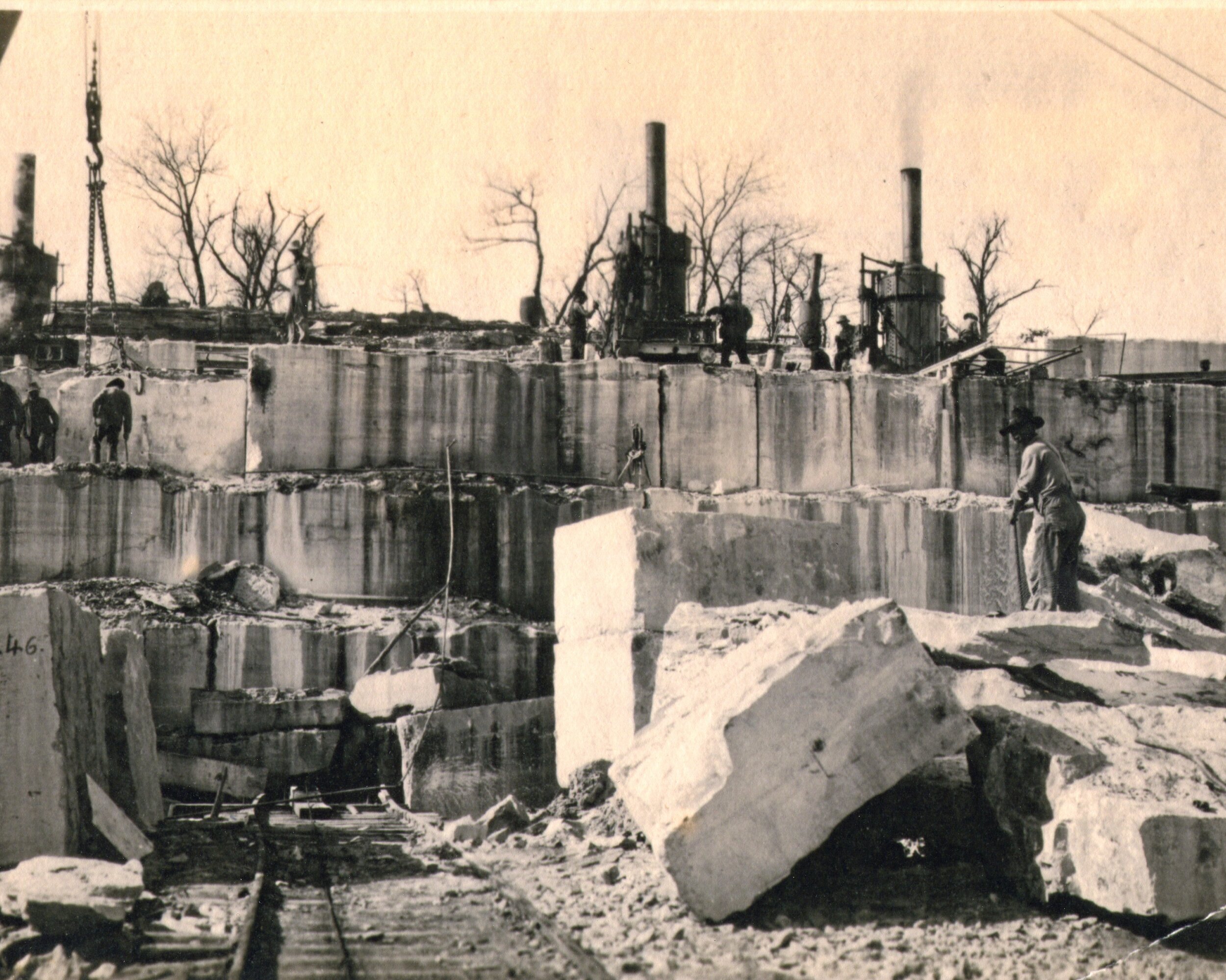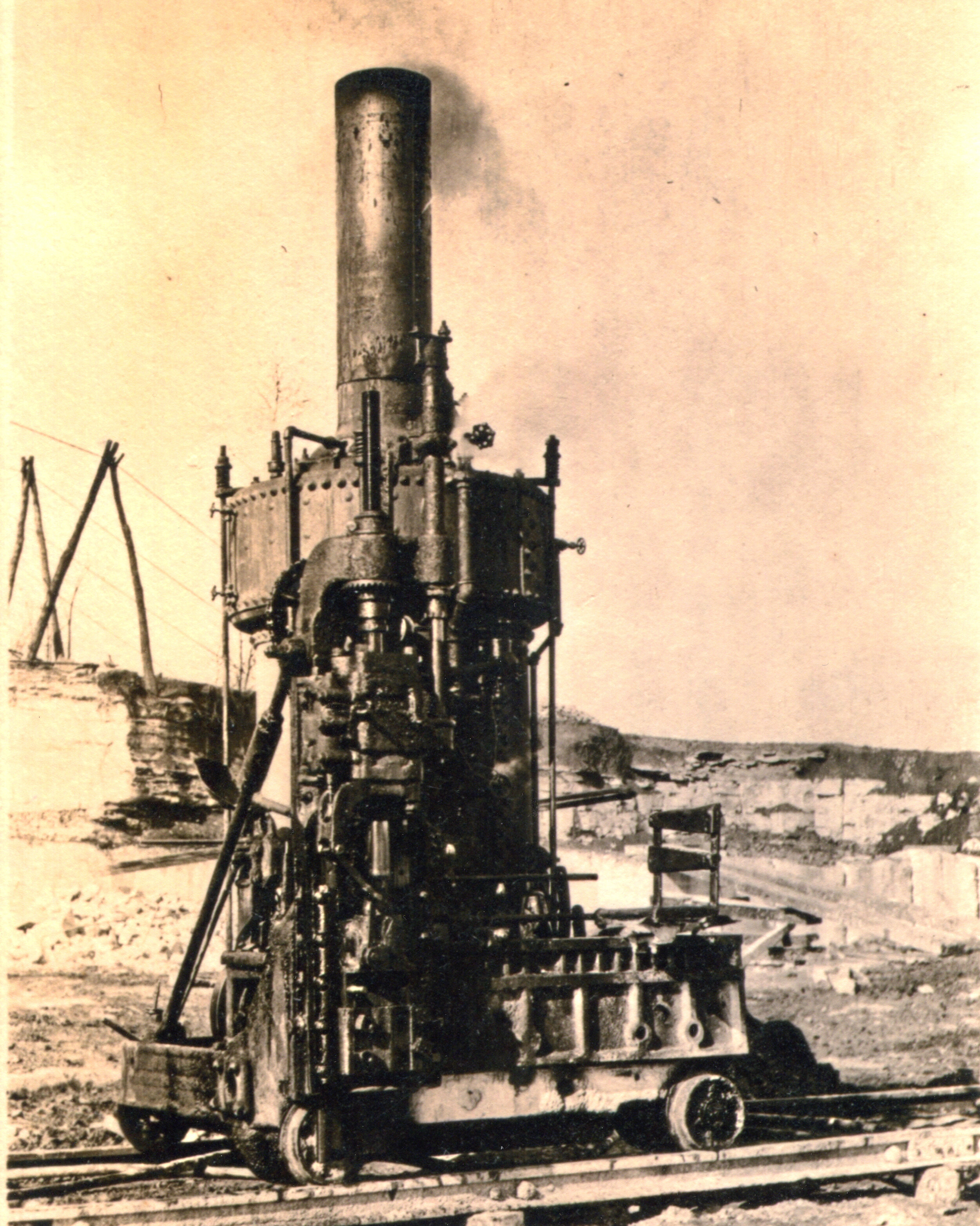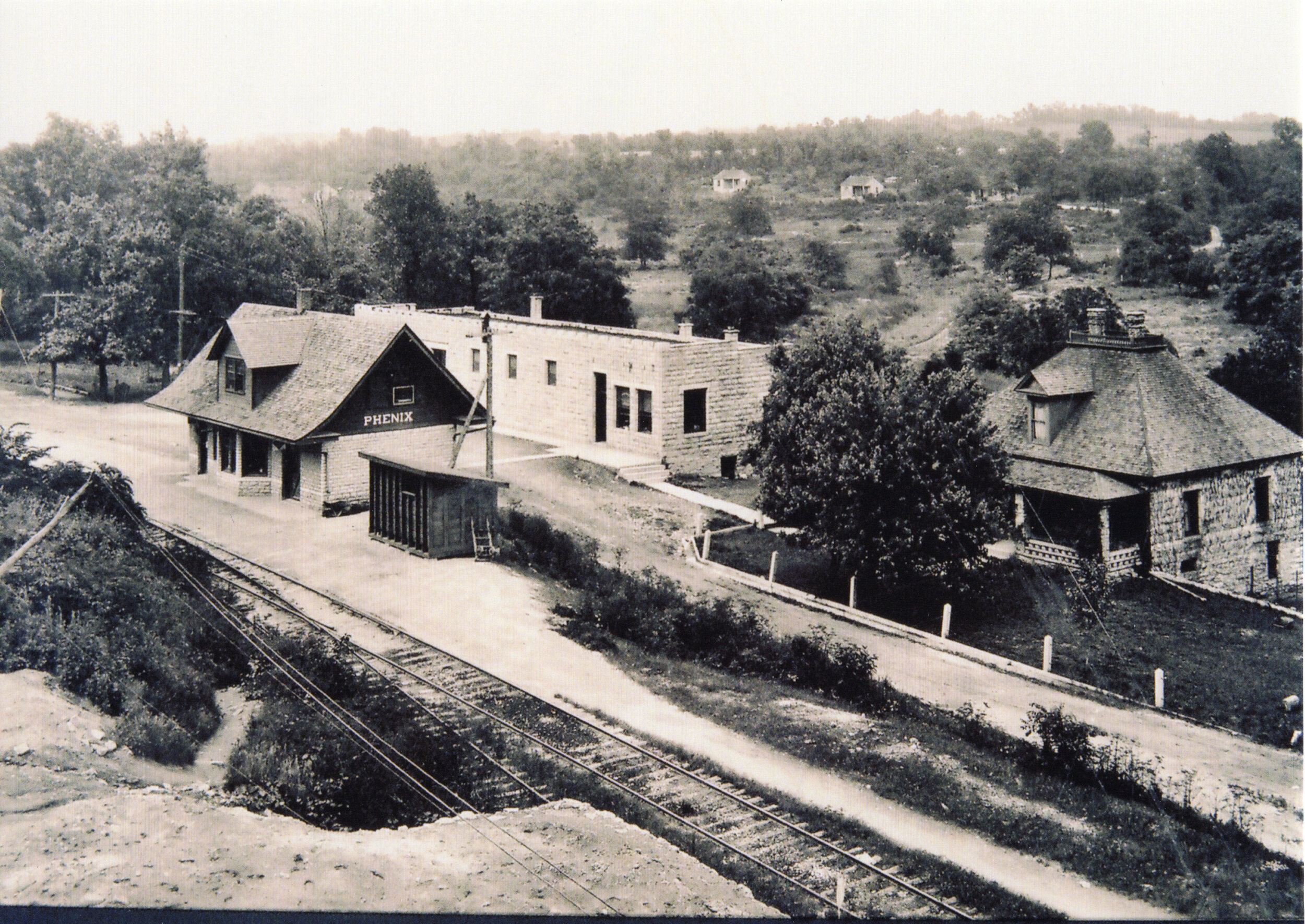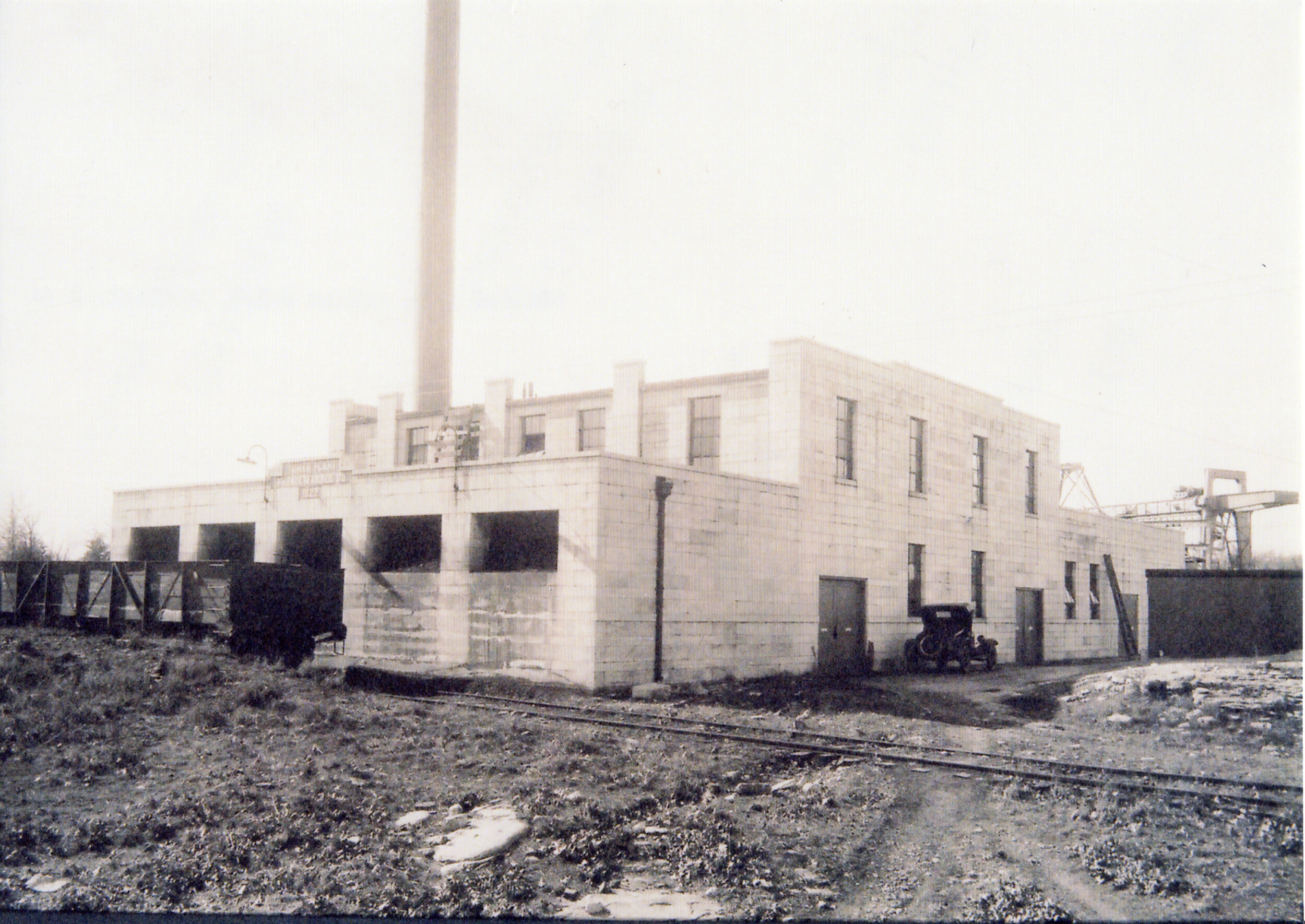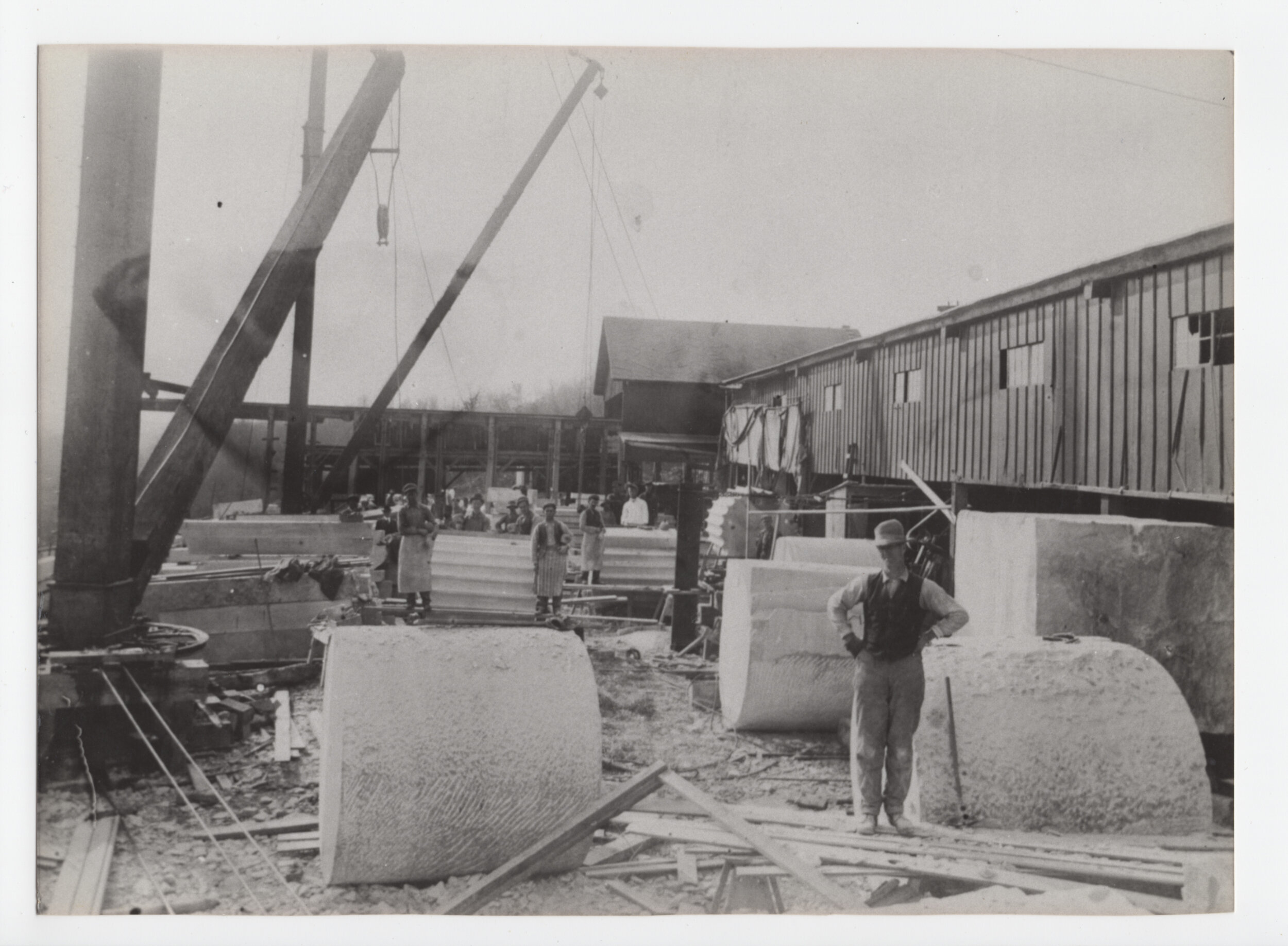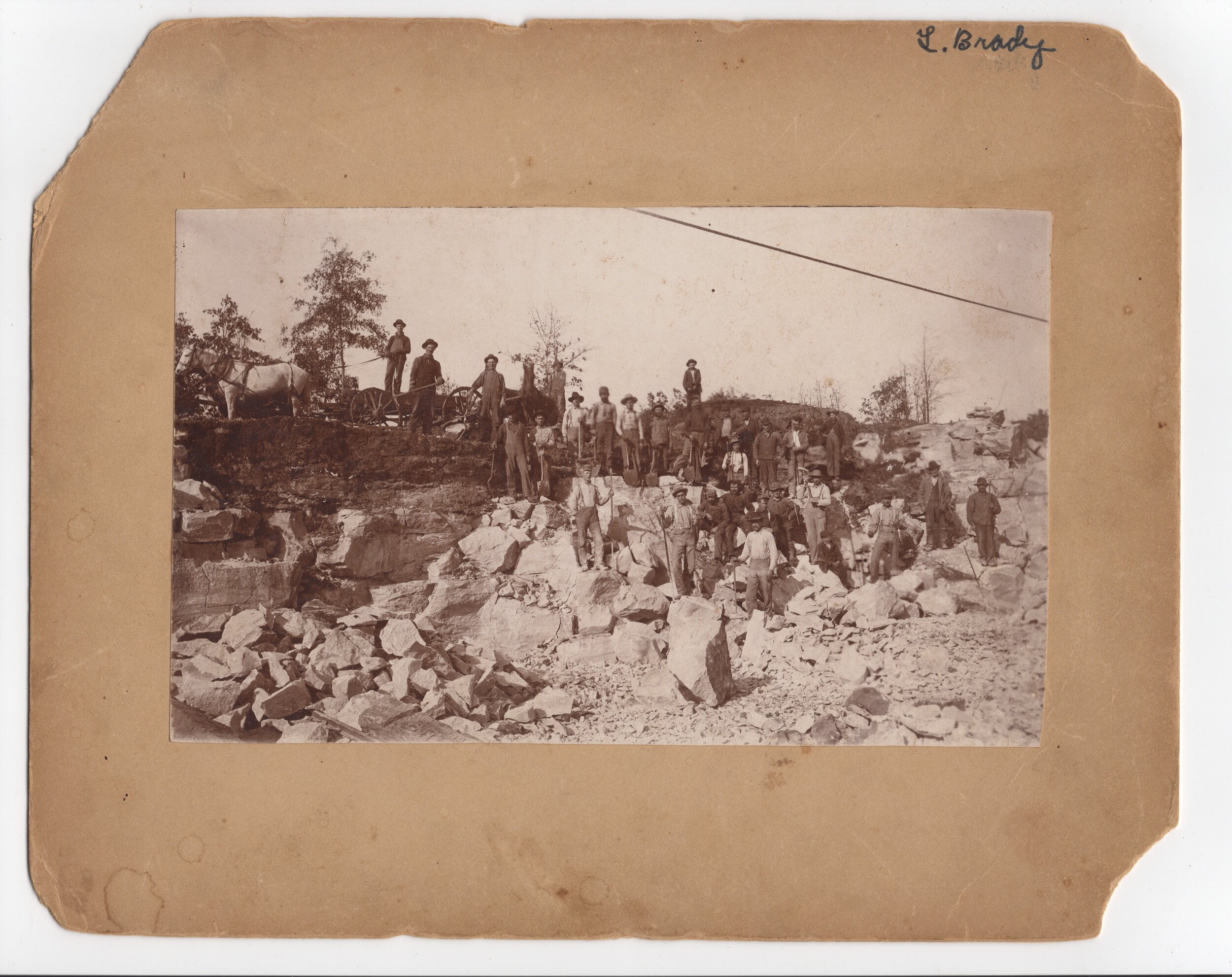our history
Discovery and Beginnings
In 1884, blasting during the construction of the Kansas City, Clinton, Springfield railroad uncovered a major limestone deposit in northern Greene County, Missouri, around the town of Phenix. For two decades, C.R. Hunt of Kansas City operated the quarry as the Phenix Stone and Lime Company, but in 1905, a marble finisher in Milwaukee named W.J. Grant happened to have a piece of the Phenix stone in his shop and recognized that the material was of an extremely high grade, and could even take a polish. Grant made his way to Kansas City and purchased an interest in Hunt's business, which the partners soon renamed the Phenix Marble Company.
Golden Years
For the first three decades of the twentieth century until the Great Depression, the Phenix Marble Company was one of the largest producers of cut stone and marble in the (then) West; its quarry employed hundreds of people and produced more than 250,000 cubic feet of stone annually. Phenix cut stone and its signature Napoleon Gray marble were distributed nationwide by the Tompkins-Kiel Marble Company, which had showrooms in Kansas City and Saint Louis, on 5th Avenue in New York and Market Street in San Francisco, and in several other cities, as well. Napoleon Gray graces the walls of the trading room of the New York Stock Exchange, and the grand entrance of the Palace of the Legion of Honor in San Francisco, as well as myriad capitals, banks, train stations, grand hotels, museums, and other public and commercial buildings in the states between.
Dormancy
Production ground to a halt during the Great Depression and the railroad track that carried the material to market was abandoned. During World War II, much of the iron equipment was requisitioned and scrapped to provide raw material for the war effort. After the war, the American market was flooded by marble returning from Europe on ships that were supplying the rebuilding efforts; European industry and agriculture had been decimated, and raw materials like stone were the only products available for trade.
Present Day
The Phenix Marble Quarry did reopen under the management of the Vermont Marble Company and briefly resumed quarrying and shipping stone, but it never regained its previous status. By the 1970s, Phenix was largely a ghost town. Eventually, the quarry site was purchased and improved by Dave Richter and in the mid-1990s, Freddie Flores began working with the stone blocks that remained from operations that had transpired decades before. The deposit that provided the cut stone and marble for countless buildings a century ago is far from exhausted, and today, the new Phenix Marble Company is able to once again supply fine interior and exterior stone from the same source, using a combination of modern mining techniques and traditional craftsmanship.
From split-face veneer, to countertops featuring the fossils characteristic of the material, to the same polished Napoleon Gray found on the walls of the trading room of the New York Stock Exchange and the Missouri State Capitol, Phenix Marble Company has products of distinction for your residence or commercial project.








